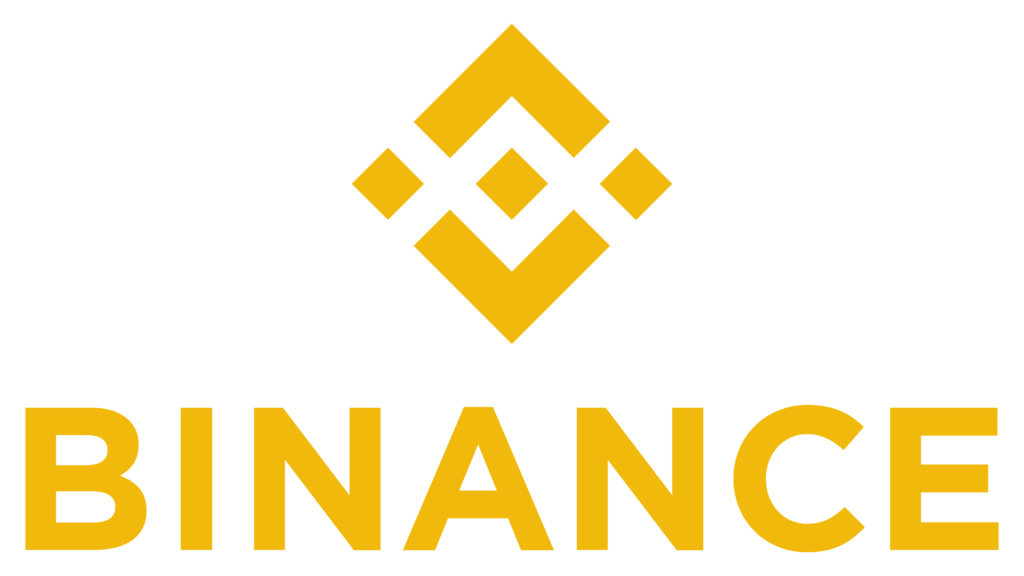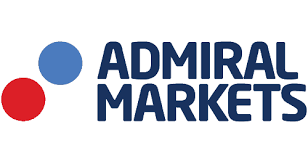When it comes to the world of global payments, Mastercard is a household name. Founded in 1966 as Interbank Card Association, Mastercard has evolved to become a leading technology company in the financial industry. In this comprehensive analysis, we will take a closer look at Mastercard stock, examining its historic performance, financials, trends, and future prospects. We will also explore the qualities that have attracted investors and answer frequently asked questions.
Historic Performance
Mastercard was listed on the New York Stock Exchange (NYSE) in 2006. Since its initial public offering (IPO), the stock has experienced tremendous growth and value appreciation. Over the years, Mastercard’s revenue and earnings have consistently increased, reflecting its strong market position and ability to adapt to changing consumer trends.
Between 2016 and 2020, Mastercard’s net revenue grew at a compound annual growth rate (CAGR) of 12.5%. The company’s net income also exhibited a similar growth trend, with a CAGR of 13.2% during the same period. This impressive financial performance has undoubtedly attracted investors who seek a reliable and profitable investment avenue.
Qualities that Attracted Investors
1. Global Market Leader: Mastercard is one of the most recognized and widely accepted payment networks worldwide. Its network spans across more than 210 countries and territories, empowering consumers, merchants, and businesses with secure, convenient, and efficient payment solutions. As a global market leader, Mastercard benefits from economies of scale and brand recognition, attracting investors looking for exposure to the expanding digital payments landscape.
2. Technological Advancements: Mastercard continues to innovate and leverage emerging technologies to enhance its products and services. The company has invested significantly in areas such as contactless payments, digital wallets, and biometrics, positioning itself at the forefront of the industry’s digital transformation. Investors are drawn to Mastercard’s forward-thinking approach, as it enables the company to remain relevant in a rapidly evolving financial landscape.
3. Strong Financial Performance: As mentioned earlier, Mastercard has consistently delivered strong financial results. The company’s ability to generate revenue and profit growth, even during challenging economic conditions, is a testament to its resilient business model. Investors are attracted to Mastercard’s track record of profitability and its potential for continued growth, making it an attractive investment option in the financial sector.
Financial Analysis
To gain a deeper understanding of Mastercard’s financial health, it is crucial to analyze key financial ratios. These ratios help evaluate the company’s profitability, liquidity, solvency, and efficiency.
1. Profitability Ratios:
– Gross Margin: Measures the percentage of revenue retained after deducting the direct costs of goods or services sold.
– Net Margin: Indicates the percentage of revenue left after deducting all expenses, including taxes and interest.
2. Liquidity Ratios:
– Current Ratio: Determines the company’s ability to pay short-term obligations.
– Quick Ratio: Measures the company’s ability to meet short-term obligations without relying on inventory.
3. Solvency Ratios:
– Debt-to-Equity Ratio: Assesses the proportion of debt versus equity used to finance the company’s assets.
– Interest Coverage Ratio: Evaluates the company’s ability to cover its interest payments with its earnings.
4. Efficiency Ratios:
– Asset Turnover: Measures the company’s ability to generate sales from its assets.
– Inventory Turnover: Assesses the company’s efficiency in managing inventory levels.
By analyzing these ratios, investors can gain insights into Mastercard’s financial performance, operational efficiency, and overall financial stability.
Future Prospects
Looking ahead, Mastercard is poised for continued growth in the global payments industry. The rapid digitalization of payments and increased consumer adoption of e-commerce present significant growth opportunities for the company. Mastercard’s investments in new technologies and strategic partnerships ensure its ability to capitalize on these opportunities.
Furthermore, the company’s expansion into emerging markets, such as India and China, shows its commitment to long-term growth. As these economies develop and embrace digital payments, Mastercard is well-positioned to capitalize on the growing demand for its services.
FAQs
What is the stock symbol for Mastercard?
The stock symbol for Mastercard on the New York Stock Exchange is “MA.”
Does Mastercard pay dividends?
Yes, Mastercard does pay dividends. The company has a consistent track record of increasing its dividends over time.
How has Mastercard stock performed during economic downturns such as the 2008 financial crisis?
While Mastercard, like other companies, experienced some temporary decline in stock value during the 2008 financial crisis, it quickly recovered and demonstrated its resilience by delivering strong financial performance in subsequent years.
Conclusion
Mastercard stock has proven to be a resilient and profitable investment option over the years. Its position as a global leader in the payments industry, coupled with its technological advancements and strong financial performance, have attracted investors seeking exposure to the growing digital payments landscape. As the world continues to move towards a cashless society, Mastercard is well-equipped to navigate future challenges and capitalize on the numerous growth opportunities that lie ahead.




